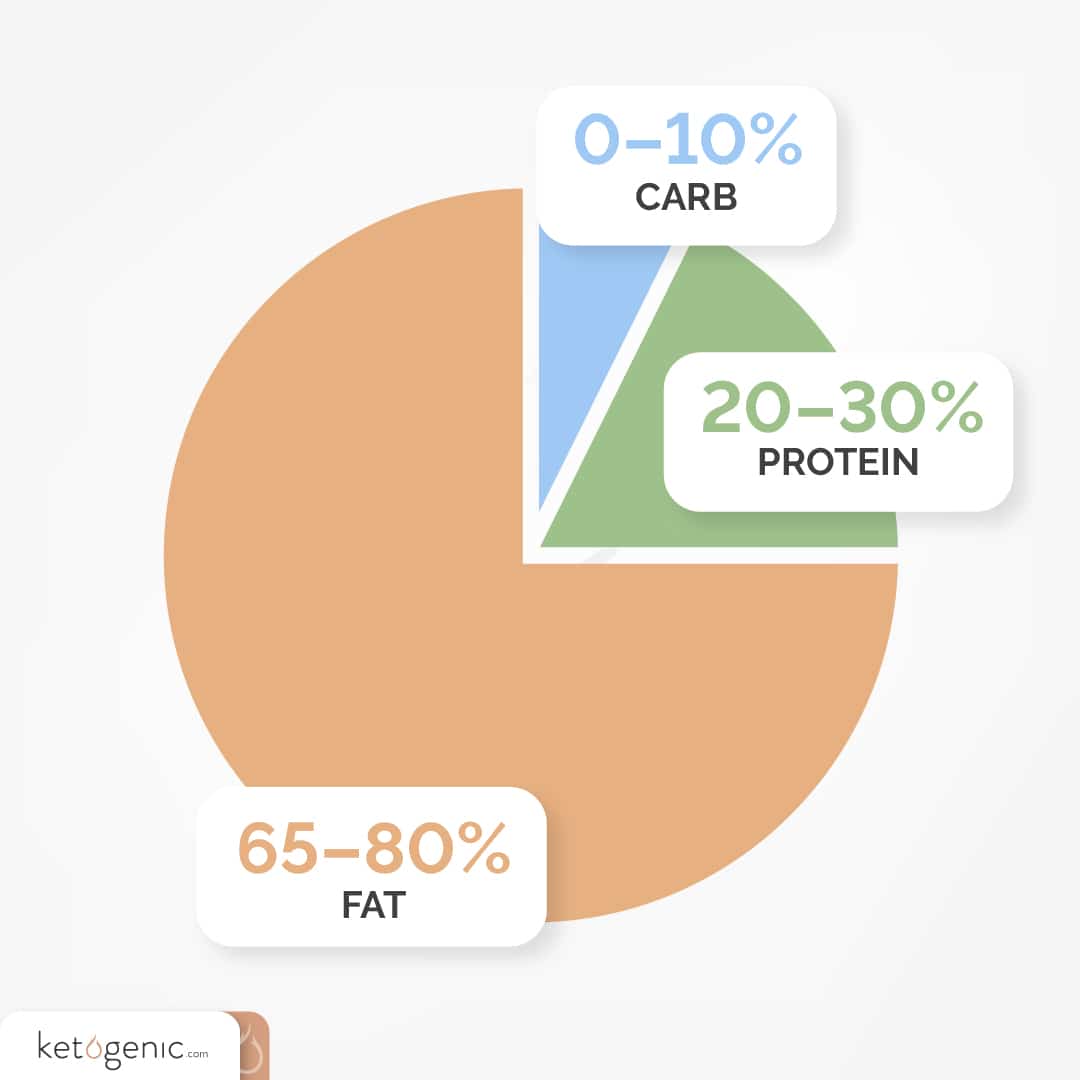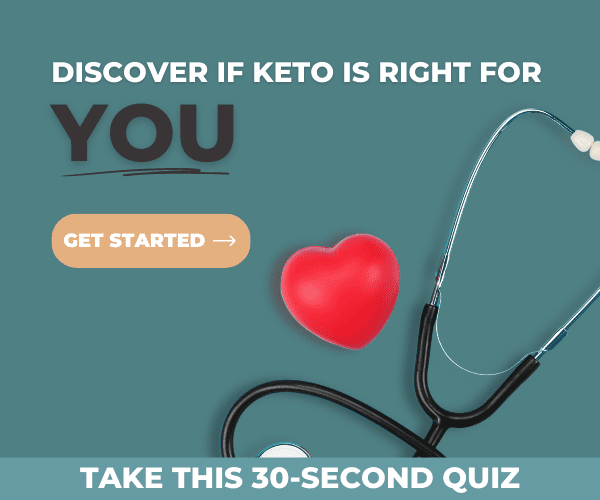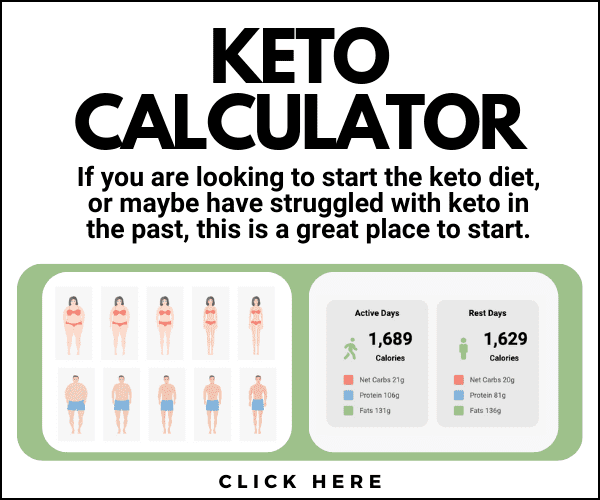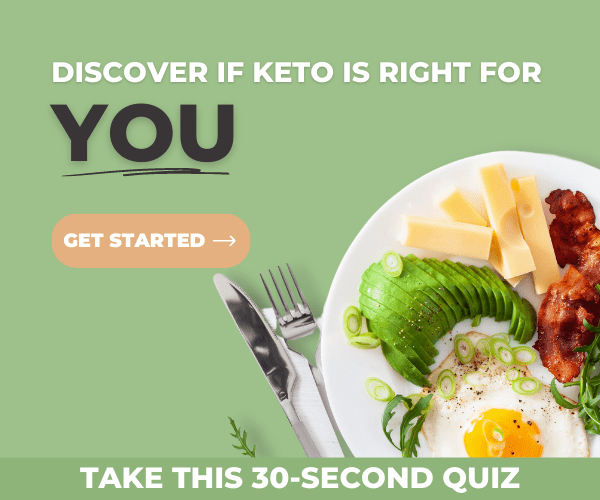What is the Snake Diet and will it Help with Weight Loss?

Countless diet plans spiral around the health and fitness world from celery juice to the raw food diet. You might have heard about the Snake Diet and how it can promote rapid weight loss. So, what is the Snake Diet? Is it safe? Is it an effective method for weight loss? How does it compare to keto?
What is the Snake Diet?
The Snake Diet involves prolonged fasts interrupted by a solitary meal. Like any diet, particularly one involving prolonged periods of fasting, it’s best you discuss your goals with your health care practitioner to make sure it’s the safest choice for you.
The Snake Diet is mapped after the lifestyle and eating habits of a snake where you eat a huge meal and live off that meal for a certain period of time. The Snake Diet emphasizes fasting and a structured way of eating. In our busy modern society, food (often unhealthy food) is readily available at any time day or night. This entices gluttony, carb-binging, and obesity. The Snake Diet is designed based on the belief that humans evolved and adapted in times where there was often food scarcity and famine [1]
What is Intermittent Fasting?
Fasting (or intermittent fasting) means to refrain from eating for a certain time period. Prolonged fasting can alter two important hormones responsible for hunger and satiety: leptin and ghrelin [2]
Research shows fasting might provide certain health benefits, such as reduced blood pressure and improved blood sugar regulation [3].

Want to know more about intermittent fasting? Check out some of our I.F. related articles like the following:
- Keto Intermittent Fasting: Trying I.F. on the Ketogenic Diet
- Intermittent Fasting and Keto: What Breaks a Fast
- Your Guide to Intermittent Fasting
- 5 Benefits of Fasting
How Do You Start the Snake Diet?
When you’re starting the diet, the calorie recommendations are only 3,500 calories a week, significantly less than the recommendations by the U.S. Department of Agriculture, giving many experts cause for concern. Once you reach your goal weight, the calorie recommendations increase, but they’re still considerably lower than USDA guidelines. You’re also encouraged to test your ketones with a urine strip.
The Snake Diet is split into three phases.
Phase 1:
Phase 1 is the initial 48-hour fast, or as long as possible, where you reach and maintain ketosis. You supplement with unspecified amounts of an apple cider vinegar drink and Snake juice.
When you’re fasting, you can’t consume any calories or food. During fasting, however, you consume ‘snake juice’ consisting of water, Himalayan pink salt or Celtic sea salt, food-grade Epsom salts, and potassium chloride (salt-free). This recipe is intended to replenish electrolytes.
A wet fast refers to a water fast where you can drink water. On a dry fast, you refrain from drinking any liquids, including water. The Snake Diet involves wet fasts with snake juice, but occasional dry fasts are also suggested. Dry fasting or any limits on water intake increases the risk for dehydration, so you should be careful if you’re considering a dry fast for any length of time.
After this period, you have a small eating or feeding window of 1-2 hours. After your first eating window, you dive into a longer 72-hour fast followed by a second feeding window. There aren’t specific guidelines on what food to eat or avoid, but a meal that more closely mimics the diet of a snake would likely contain decent amounts of fat and protein.
Phase 2:
In the second phase of the Snake Diet you cycle through longer fasts of 48-96 hours — as long as you can. These longer fasts are broken up by single meals. You remain in phase 2 until you reach your goal weight.
Phase 3:
Phase 3 is a maintenance phase where you’re told to listen to your body’s natural hunger cues and consume single meals to break up 24-48-hour fast cycles.
How is the Snake Diet Different to the Ketogenic Diet?
The Snake Diet is a specific and rather restrictive diet plan created by fitness coach Cole Robinson solely for weight loss. While it does involve putting your body into the metabolic state of ketosis, it’s not the same as the ketogenic diet. The Snake Diet has strict fasting and feeding windows to follow and drastic caloric restriction.
The ketogenic diet is a way of eating that also shifts your metabolism into ketosis, but you simply consume a moderate amount of protein, increase your intake of healthy fats, and lower your intake of carbohydrates (usually to around 50 grams of net carbs or less a day).
The ketogenic diet involves around 70 to 80% fat, around 20% protein, and about 5% carbohydrate. Going keto switches your metabolism from burning glucose (sugar) from carbs to burning ketones produced by fat — a metabolic state called ketosis. Many people incorporate intermittent fasting on the ketogenic diet, but it isn’t a necessity.

Does the Snake Diet Help with Weight Loss?
The Snake Diet can help with weight loss due to several reasons, including fasting, caloric restriction, and ketosis. How quickly you can lose weight on the Snake Diet and if this rapid weight loss poses any health risks is a topic of debate among experts. When you stop consuming excess sugar and carbohydrates and you fast, your body is forced to rely on its own energy stores.
While the Snake Diet does attempt to replenish electrolytes, it might not be sufficient to avoid malnourishment and deficiencies. The Snake Diet also drops your calories down especially low, which might shift your body into a starvation mode and hinder your weight loss progress. With starvation mode or adaptive thermogenesis, your body basically wonders if there’s a famine due to food scarcity, so it clings on to your calories and fat stores for as long as possible as a matter of survival. This slows your metabolism and your weight loss [4] [5].Many experts believe you’re not supposed to be in starvation mode for long time periods.
Studies reveal that eating until you’re full doesn’t cause weight gain while you’re in ketosis. On keto, you can eat until you’re satiated and still lose weight! [6]Research also shows that if you stay in a fat-burning mode it’ll help you stay out of starvation mode [7].
The ketogenic diet can also yield excellent weight loss results and it isn’t as restrictive. You can also tailor the ketogenic diet to suit your individual needs, for example, you might need more natural folate from leafy greens, or you might avoid dairy due to sensitivity. The ketogenic diet isn’t just easier to follow and less restrictive than the Snake Diet, it also lets you make your own decisions about fasting, and when you’d like to eat.
On keto, you’re more likely to be getting the nutrients your body needs to thrive compared to the Snake Diet. If you’re not losing weight on keto, here are ten possible reasons why.
The ketogenic diet can be highly effective for weight loss. Check out some of our keto weight loss transformation stories:
What are Your Thoughts on the Snake Diet?
he ketogenic diet can also Share your thoughts with the keto community…
References
Snake Diet. Snake Diet: Get Started.
Korek, E., Krauss, H., Gibas-Dorna, M., Kupsz, J., Piatek, M., & Piatek, J. (2013).Fasting and postprandial levels of ghrelin, leptin, and insulin in lean, obese, and anorexic subjects.PRZEGLAD Gastroenterologiczny 8(6), 383-389.
De Toledo, F. W., Grundler, F., Bergouignan, A., Drinda, S., & Michalsen, A. (2019). Safety, health improvement and well-being during a 4 to 21-day fasting period in an observational study including 1422 subjects. PLoS One, 14(1),
Johannsen, D. L., Knuth, N. D., Huizenga, R., Rood, J. C., Ravussin, E., & Hall, K. D. (2012). Metabolic slowing with massive weight loss despite preservation of fat-free mass.Journal of Clinical Endocrinology and Metabolism, 97(7), 2489-2496.
Rosenbaum, M., & Leibel, R. L. (2010). Adaptive thermogenesis in humans. International Journal of Obesity, 34(01),
Johnstone, A. M., Horgan, G. W., Murison, S. D., Bremner, D. M., & Lobley, G. E. (2008). Effects of a high-protein ketogenic diet on hunger, appetite, and weight loss in obese men feeding Ad Libitum. American Journal of Clinical Nutrition, 87(1), 44-55.
Spriet, L. L., & Watt, M. J. (2003). Regulatory mechanisms in the interaction between carbohydrate and lipid oxidation during exercise.Acta Physiologica Scandinavia, 178(4), 443-452.










